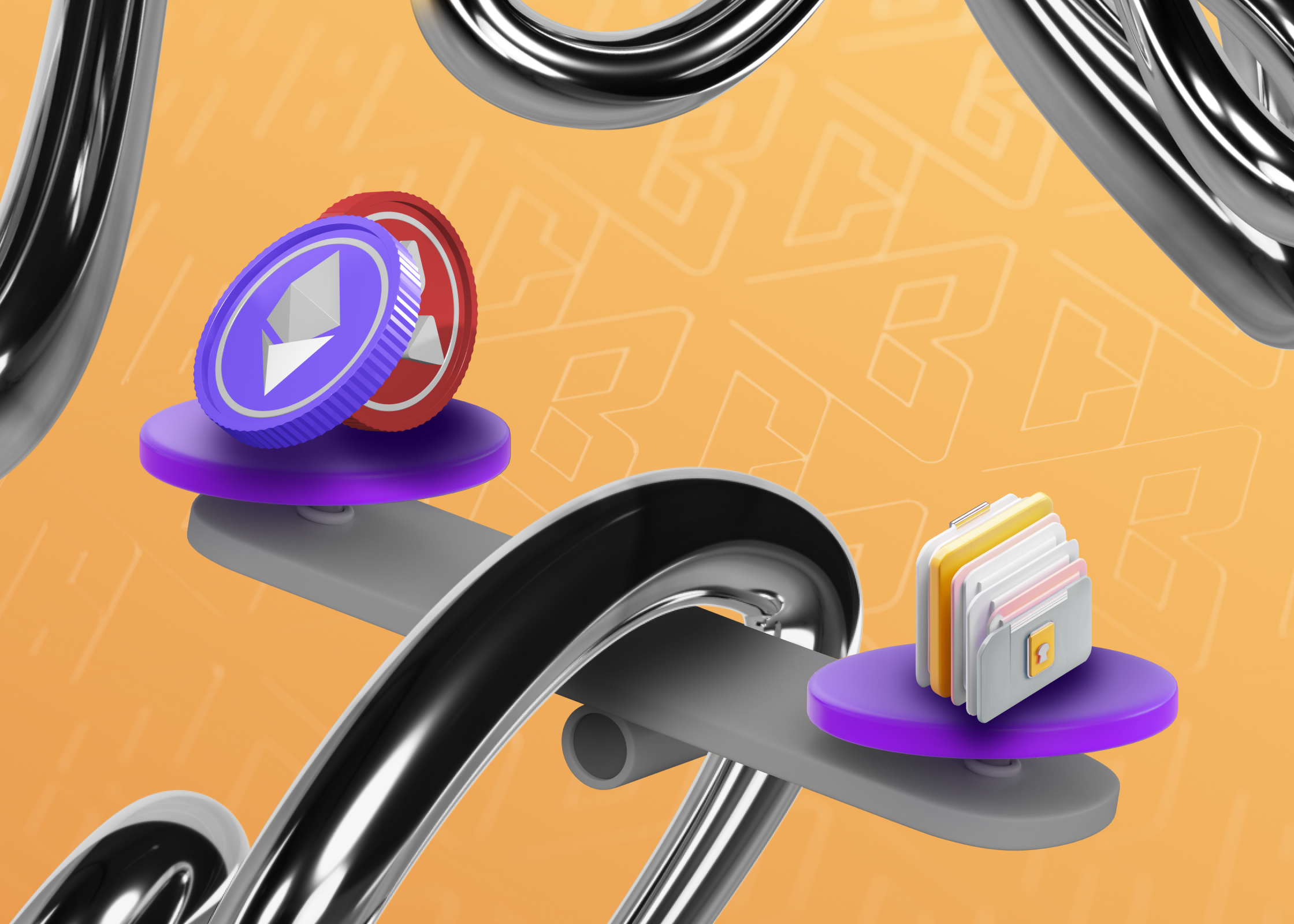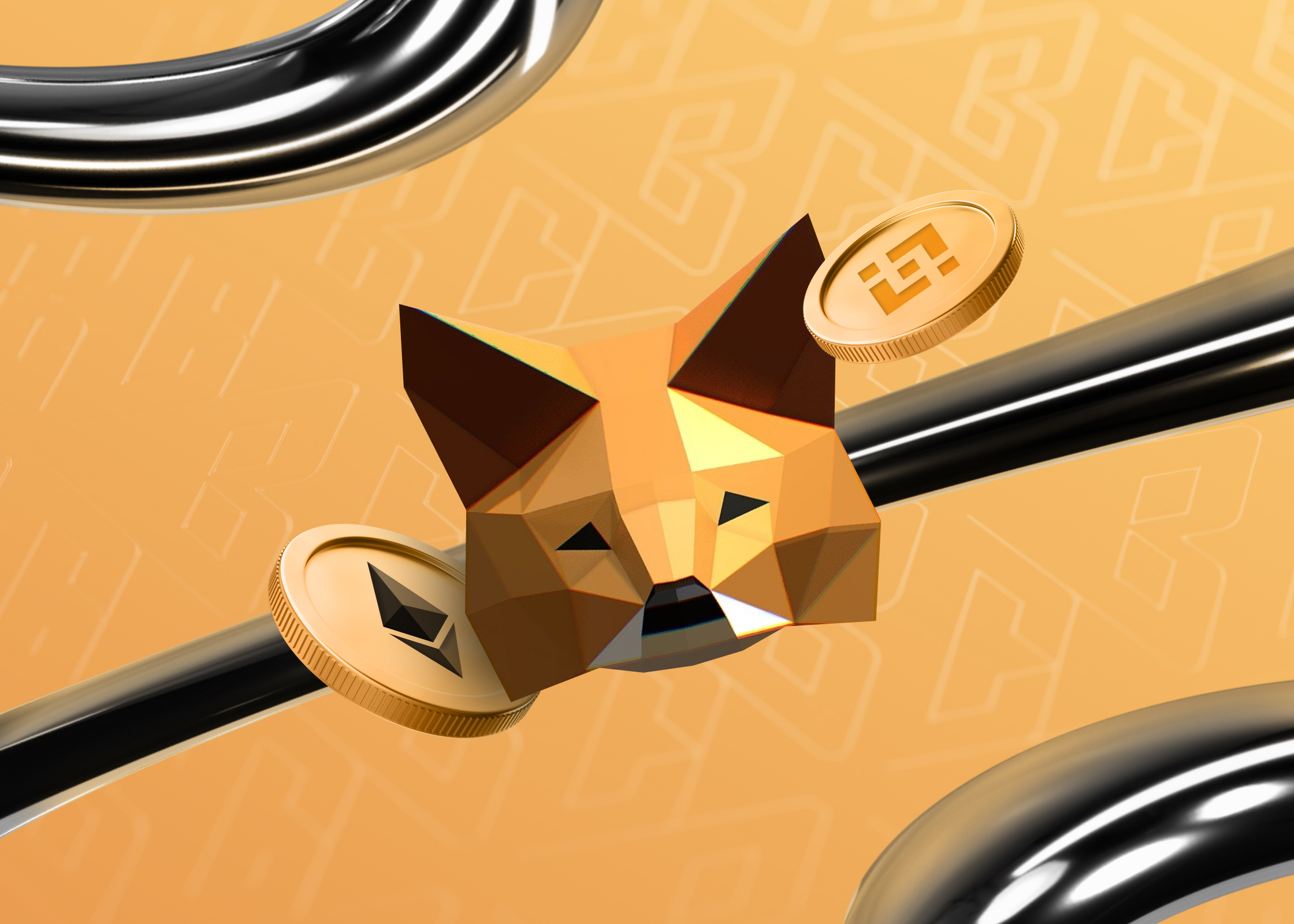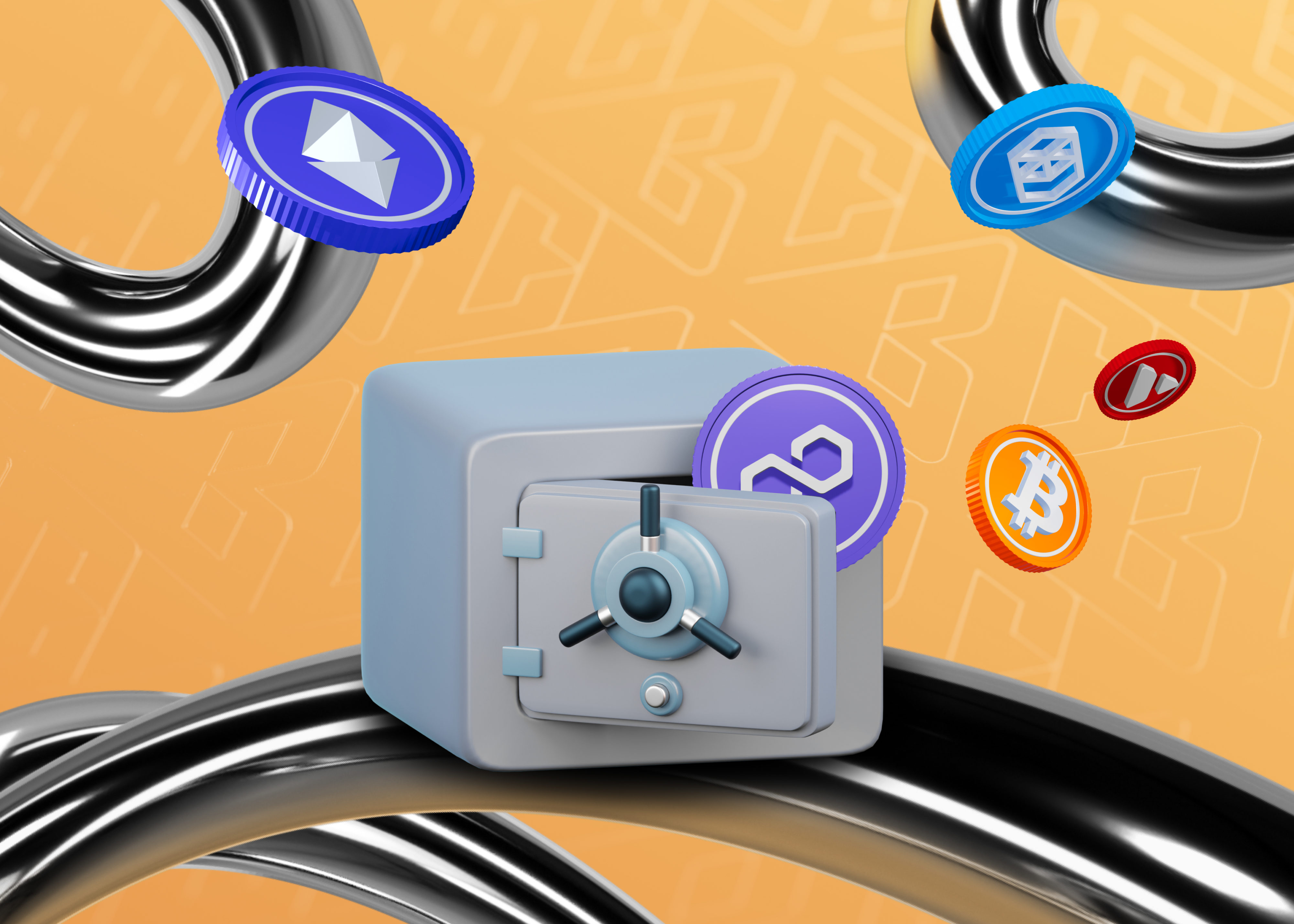Web 3: The Path to a Decentralized Internet

Web 3 heralds the era of a decentralized internet, where users, not major corporations, own the data and content. In this article, we’ll examine the Web 3 phenomenon, its concepts and principles, and understand why Web 3 redefines our conventional understanding of the Internet.
We previously covered how the Internet has evolved and its current stage of development. If you missed it, we recommend reading the previous article.
What is Web 3?
First, let’s recall how the Internet has evolved until the Web 3 era.
Web 1 was static and represented a one-way content delivery from websites to users. Web 2 made the Internet interactive, allowing users to create and share content. Web 3 goes even further and makes the Internet decentralized. Users have complete control over their data and digital assets. In simpler terms, Web 3 is the next generation of the Internet. Unlike the current Internet, designed for content consumption, Web 3 will allow people to own digital content. For example, you can buy digital artworks or collectible items and have easily verifiable ownership of them on your phone. You’ll also be able to participate in digital transactions without intermediaries. It will change the very nature of how people interact on the Internet.
A massive technological shift is happening before our eyes, changing our perception of the Internet. The connection between Web3, crypto, and blockchain may raise questions for those unfamiliar with the field. But understanding this concept is extremely important. In this article, we’ll explain everything as simply as possible.
Core Principles of Web 3
There is no precise definition of Web 3, but here are the core principles:
- Decentralization: Ownership rights are distributed among creators and users, rather than concentrated with large companies like Apple or Google.
- Equal Opportunities: Web 3 creates an environment open to everyone, regardless of gender, race, nationality, or other personal characteristics. No one is excluded or restricted from participating.
- Crypto Payments: Transactions are conducted through cryptocurrencies like Bitcoin or Ether, without the involvement of banks.
- Economic Mechanisms: Web 3 operates on economic models without the need to trust third parties, such as governments or financial institutions.
What Else Will Be in Web 3?
- Semantic Understanding with Artificial Intelligence — Programs will be able to recognize context and meaning like humans, for example, understanding sarcasm or jokes.
- *Blockchain and Cryptocurrencies as the Foundation — The system will be built on blockchain technology and cryptocurrencies.
- 3D Interfaces and Virtual Reality — Widespread adoption of 3D environments and VR worlds, such as metaverses.
- Integration of Artificial Intelligence — AI will increasingly assist in processing data and content.
How Do Web 3 Applications Work?
Web 3 applications run on blockchain technology. We covered blockchain in one of our previous articles. Follow the link to refresh your understanding.
Data is not stored on companies’ centralized servers but distributed across many computers in the blockchain network. The information on the blockchain is protected by cryptography and cannot be altered or deleted, ensuring transparency and data security. The applications themselves are created using programmable intelligent contracts on the blockchain. They execute automatically according to predefined rules.
The management of these applications is decentralized—rather than a single owner, a community of users collectively makes decisions. Users interact with such applications through blockchain wallets rather than centralized services, which provide greater privacy and control over one’s data.
In essence, Web 3 applications are decentralized, transparent, and resistant to censorship, thanks to their use of blockchain technology.
Why Crypto in Web 3?
Each Web 3 project has its crypto or token with unique functions. The primary role is to manage the application through a DAO — a decentralized, autonomous organization. It has no governing body; decisions are made collectively by the organization’s participants based on predefined rules in the smart contract and voting. Token holders vote on proposals for changes and development. The more tokens, the greater the weight of the vote.
Let’s give a simple example: The owner of an apartment pays for utilities. Therefore, they have the right to participate in the housing committee meeting. At such meetings, they and other owners make proposals and determine the direction of the utility company’s work.
A DAO is a similar meeting, except the voting right is granted for owning not an apartment but the company’s tokens or NFTs.
Web 3 is Already Here
Web 3 is changing our interaction with the digital world. An era is dawning in which power and ownership rights are returning to ordinary users. Web 3 guarantees freedom in finance, data management, and control over time on the Internet.
Share this article with friends, so more people can learn about Web 3. And subscribe to our social media channels!





 к нам?
к нам?